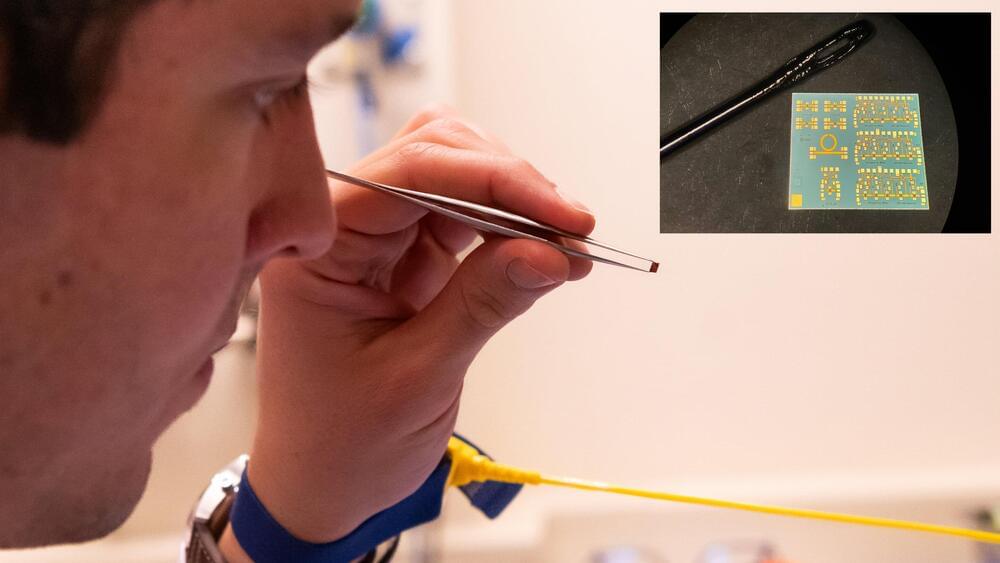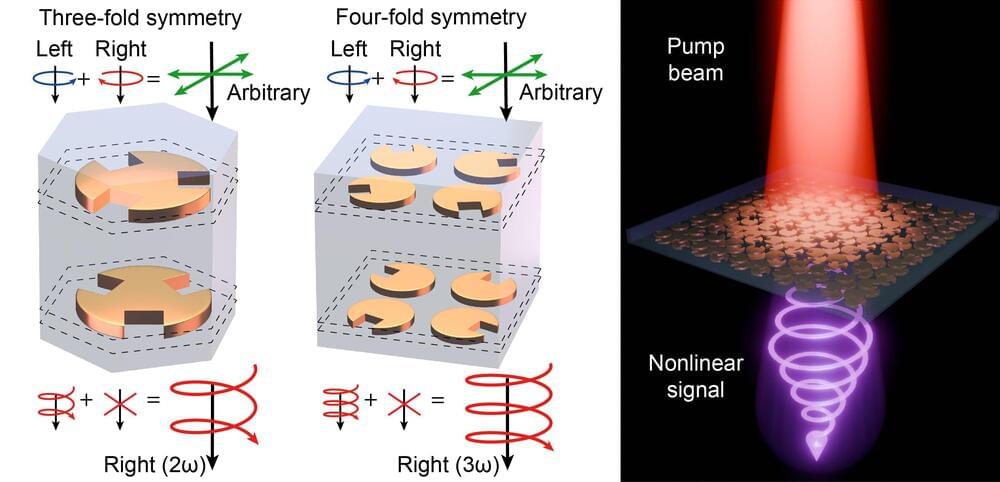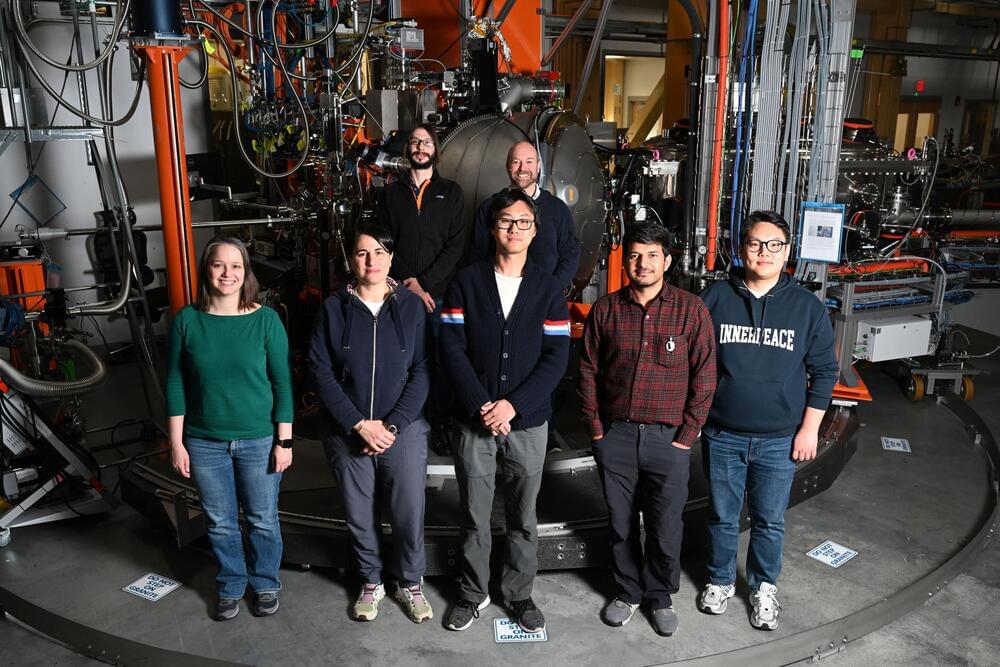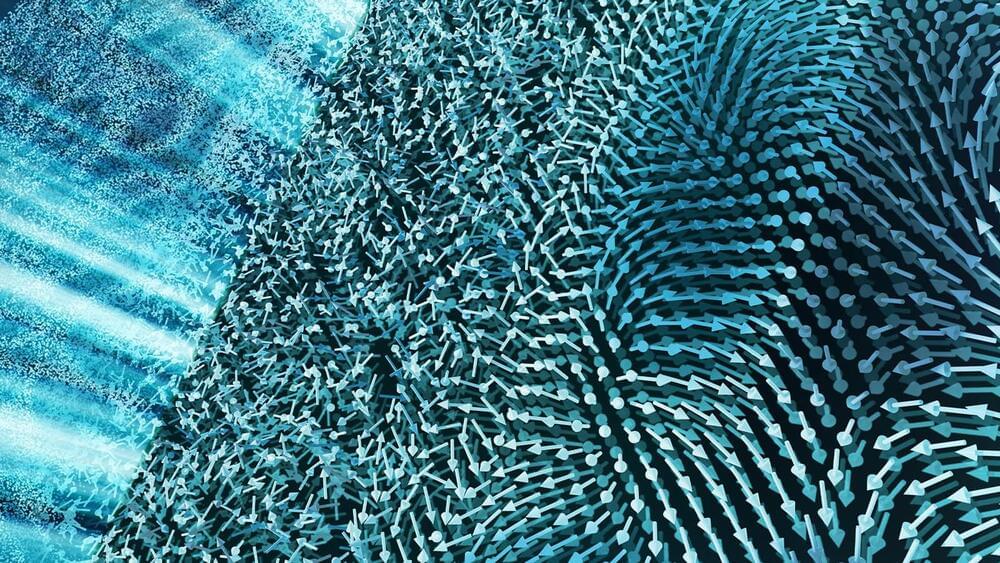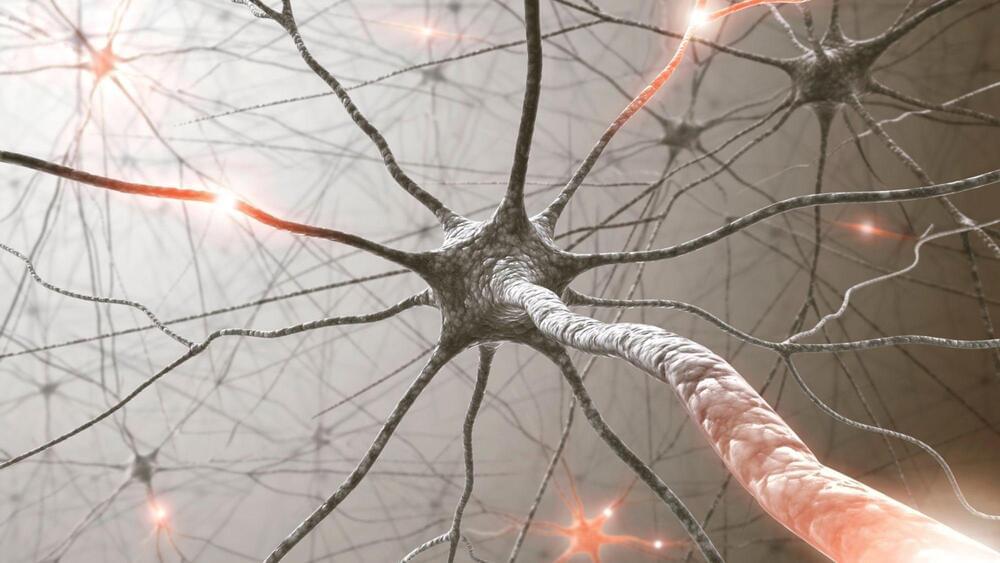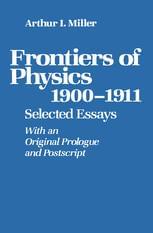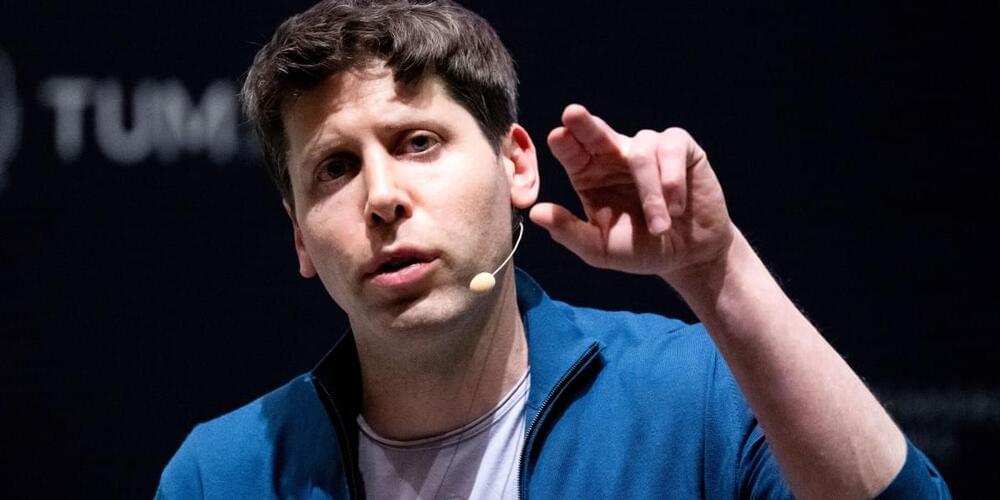Smaller than a strawberry seed, this tiny signal amplifier was produced by the European Space Agency to fill a missing link in current technology, helping to make future radar-observing and telecommunications space missions feasible.
“This integrated circuit is a low noise amplifier, measuring just 1.8 by 0.9 mm across,” explains ESA microwave engineer David Cuadrado-Calle. “Delivering state of the art performance, the low noise amplifier’s task is to boost very faint signals to usable levels.”
It could in the future be employed for both radar-based missions—where the faint signals are the radar echoes received by the instrument after they bounce off Earth’s surface and travel back to the satellite—and telecommunications missions —where the communication signals coming from Earth are amplified by the satellite and sent back to Earth for broadband access or broadcasting services.
